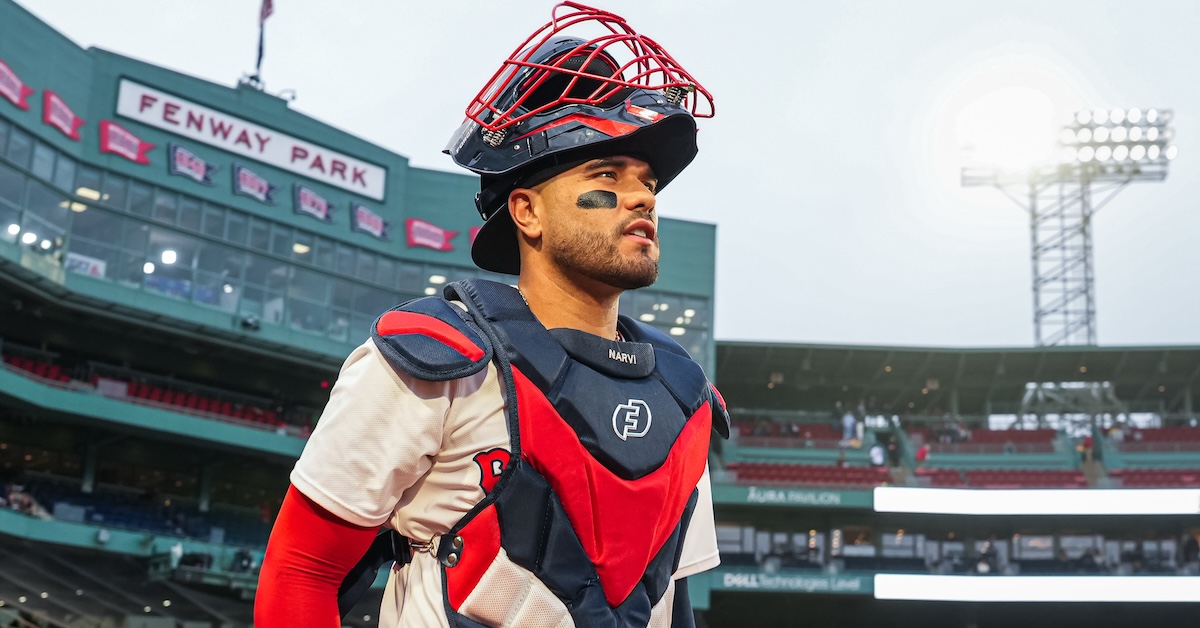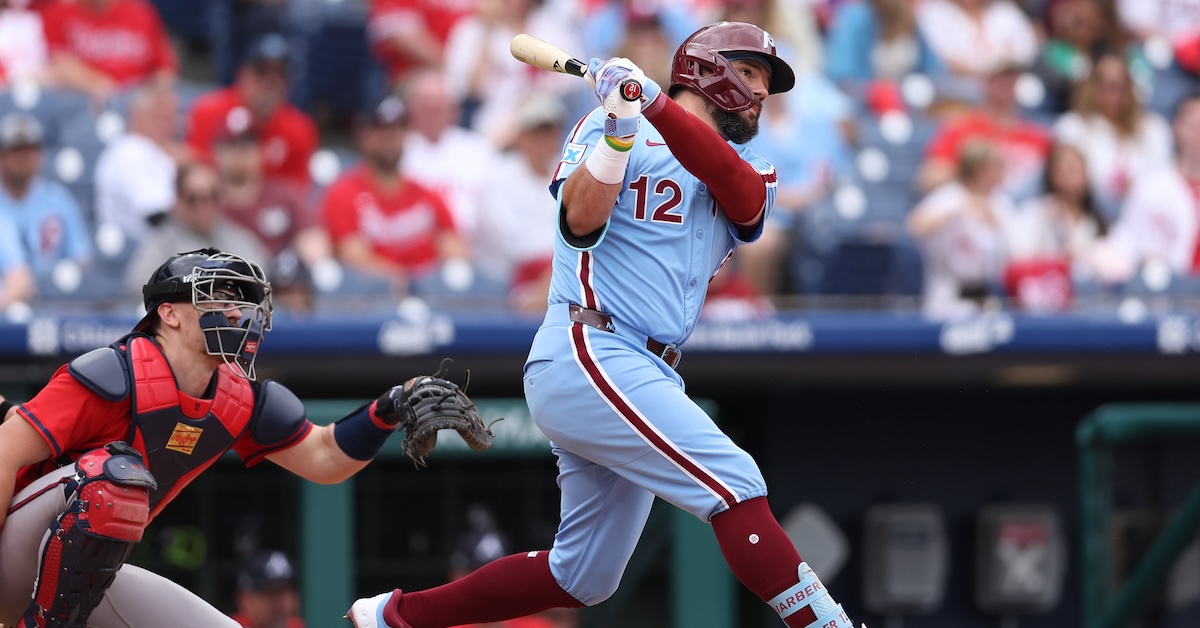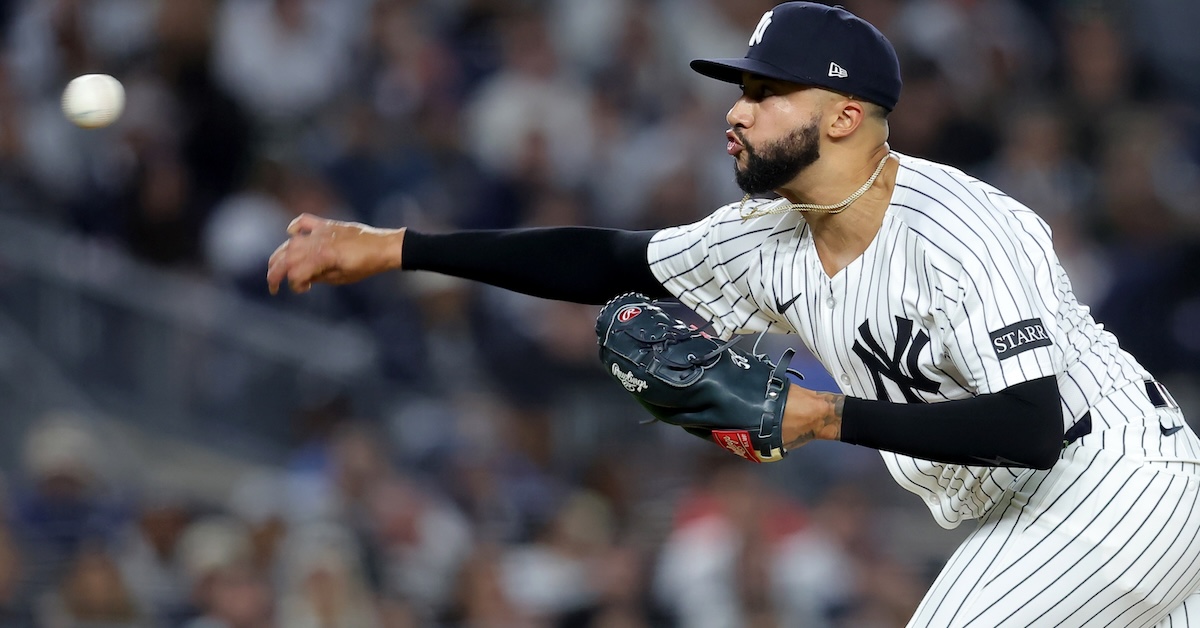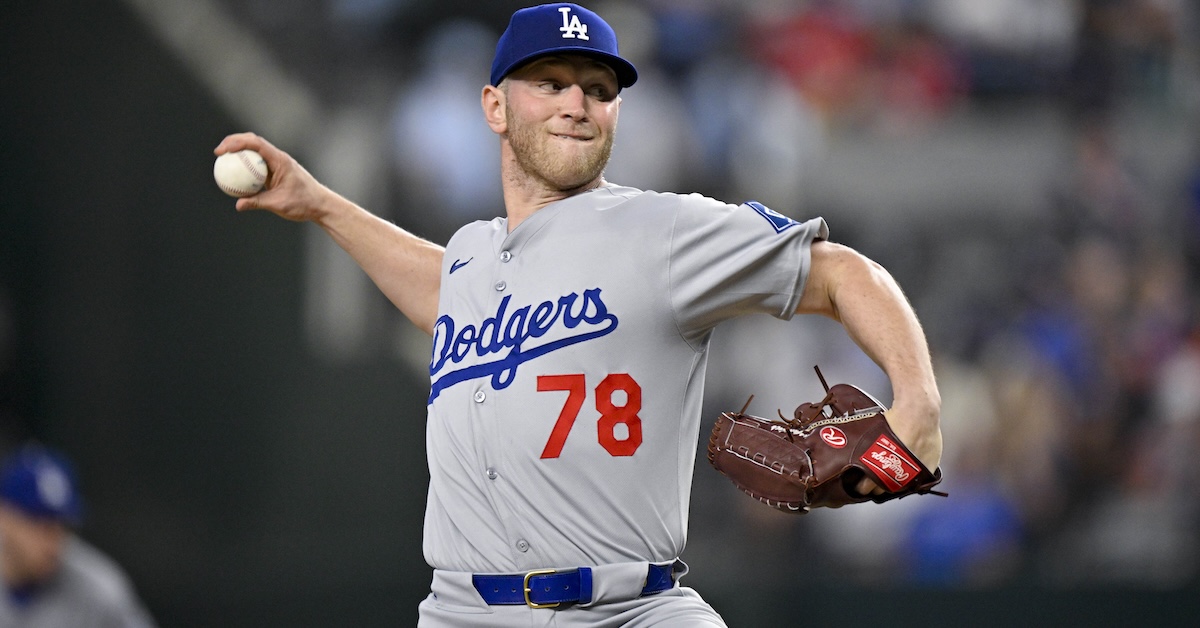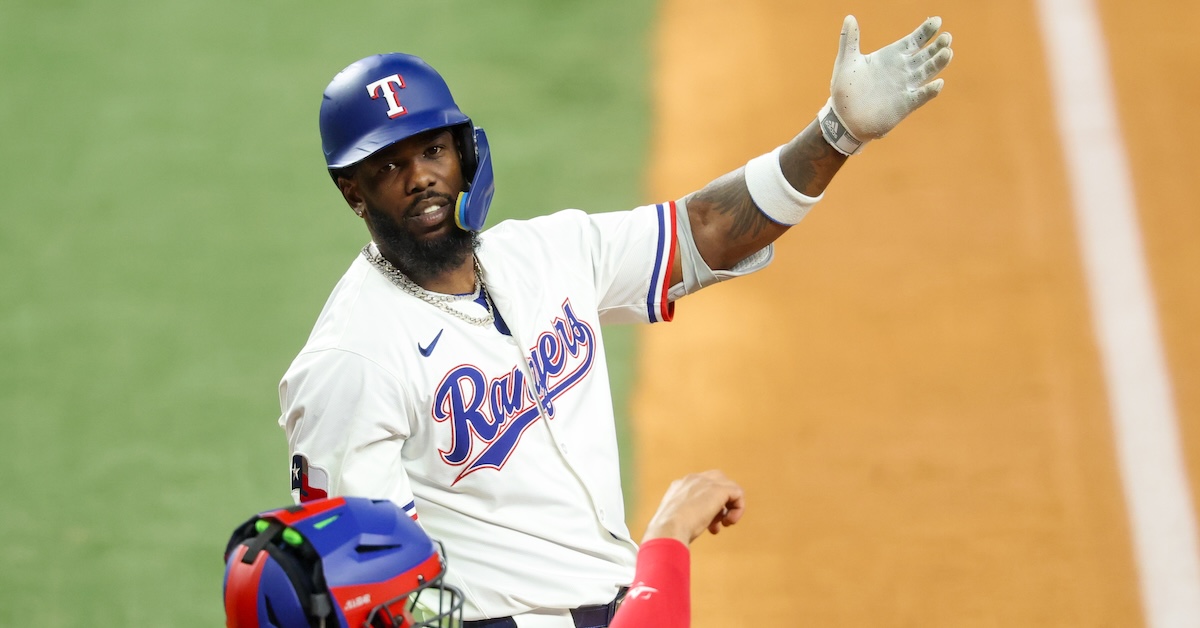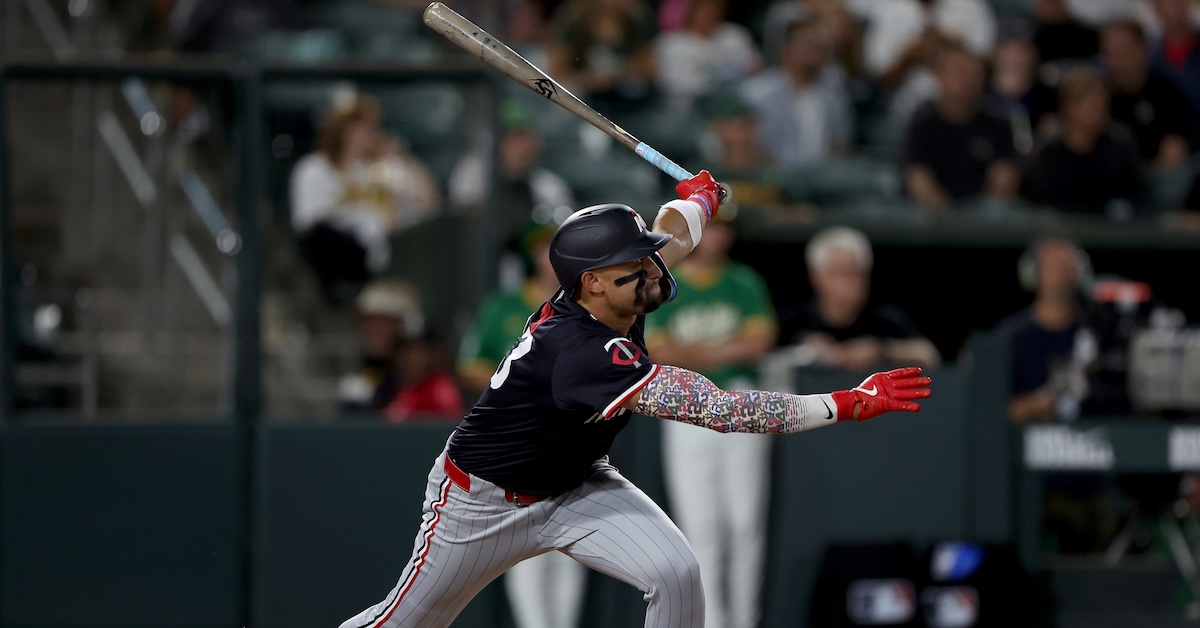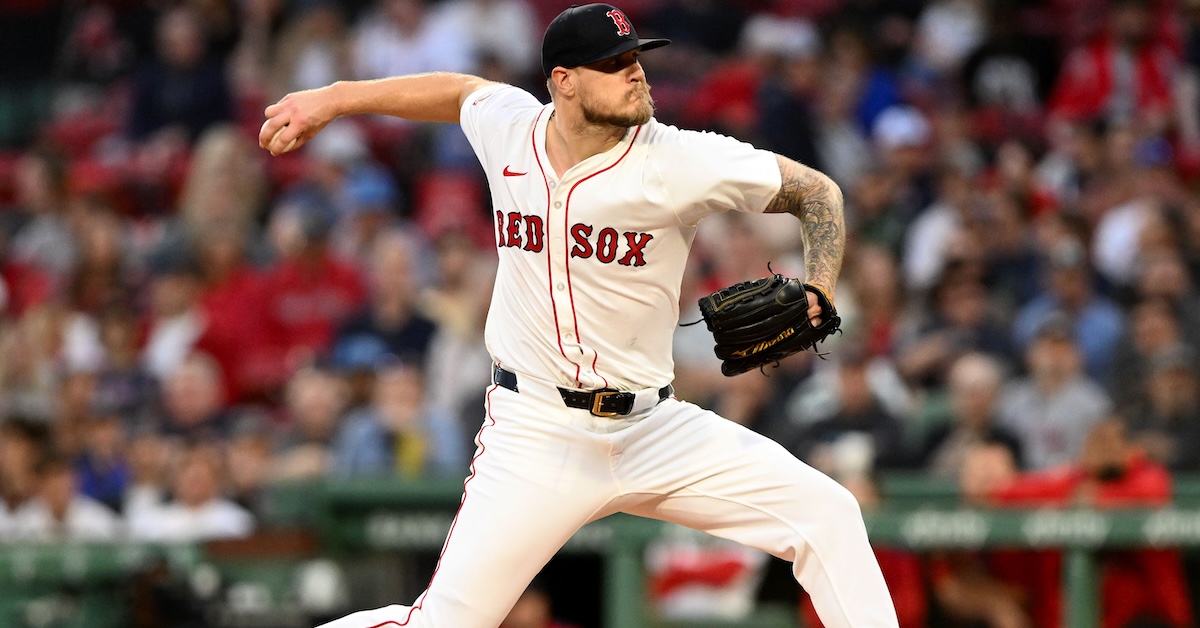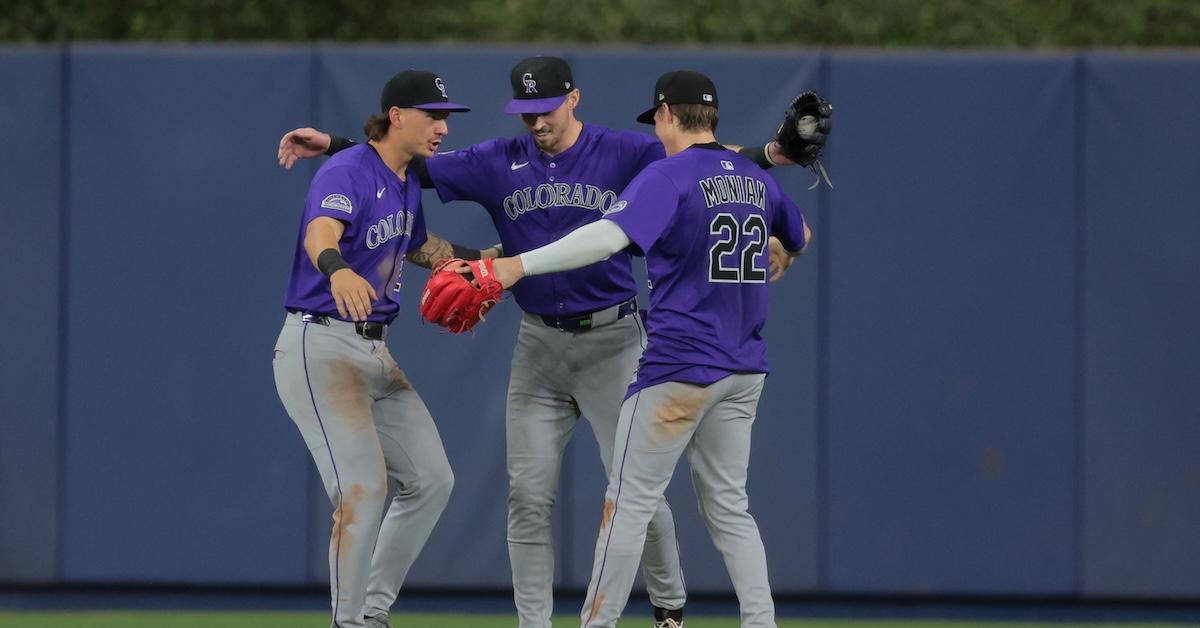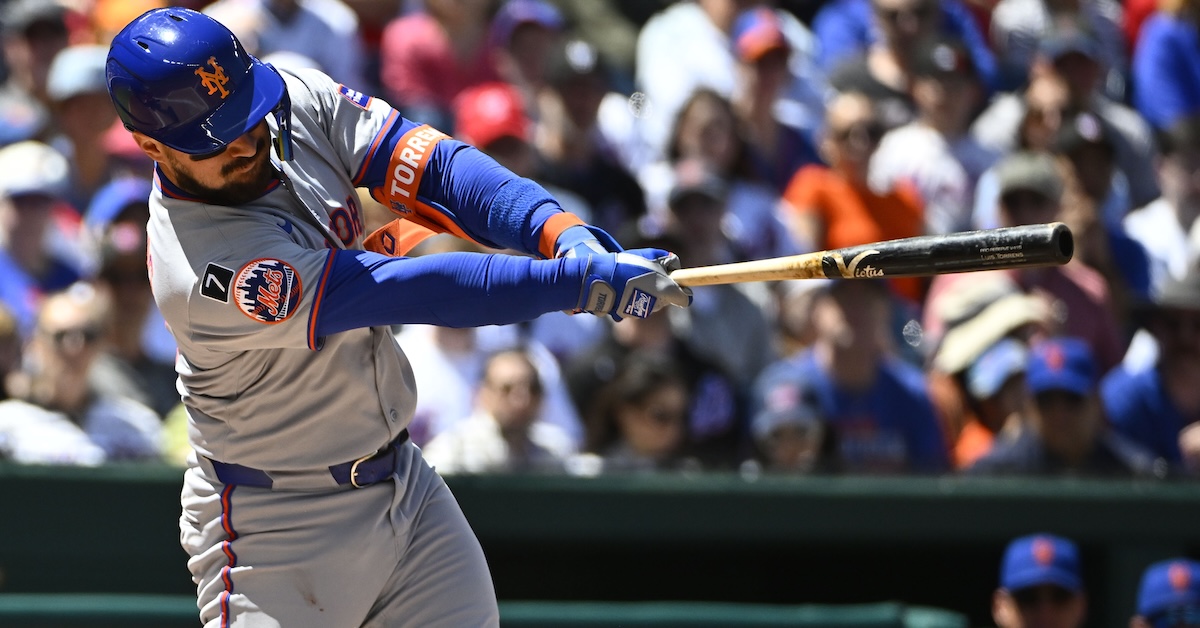Job Posting: Pittsburgh Pirates – Director Baseball Systems
Director – Baseball Systems
The Pirates Why
The Pittsburgh Pirates are a storied franchise in Major League Baseball who are reinventing themselves on every level. Boldly and relentlessly pursuing excellence by:
- purposefully developing a player and people-centered culture;
- deeply connecting with our fans, partners, and colleagues;
- passionately creating lifetime memories for generations of families and friends; and
- meaningfully impacting our communities and the game of baseball.
At the Pirates, we believe in the power of a diverse workforce and strive to create an inclusive culture centered in Passion, Innovation, Respect, Accountability, Teamwork, Empathy, and Service.
Job Summary
We are seeking a Director of Baseball Systems to lead and inspire a team of talented software and data engineers responsible for building and enhancing our internal baseball decision-making platform. This web-based system is a critical resource for players, coaches, analysts, and executives, driving people across the organization to make better decisions.
Responsibilities:
- Lead the development and evolution of our internal baseball systems, ensuring they are intuitive, reliable, and impactful.
- Lead a cloud data migration effort to build robust, reliable, and responsive data platforms.
- Build and maintain an effective product development process that fosters innovation, agility, and user-centered design.
- Manage and grow a team of software and data engineers with diverse expertise in front-end and back-end development, database management, cloud architecture, and system design.
- Collaborate closely with key stakeholders, including data scientists, analysts, coaches, and front-office personnel, to understand needs and align technological solutions with organizational goals.
- Drive technical strategy, ensuring the architecture and design decisions support scalability, performance, and future growth.
- Act as a champion for effective communication, collaboration, and knowledge sharing within the team and across departments.
- Maintain a focus on delivering features and improvements that directly support the team’s competitive edge.
Key Traits We’re Looking For:
- Baseball Curiosity and Knowledge: You have a deep interest in baseball and understand how data and technology can influence strategy, player performance, and game outcomes.
- Technical Mastery: You have demonstrated experience in more than one of the following:
- Front-end technologies (React, Angular, or similar frameworks).
- Back-end development (Node.js, Python, etc.).
- Database design and management (SQL, NoSQL, etc.).
- Cloud architecture (AWS, Azure, or Google Cloud).
- System design, UX/UI principles, and software lifecycle management.
- Leadership & Management: You have a proven track record of mentoring, inspiring, and empowering teams to do their best work.
- Process Management: You have established and maintained a robust, repeatable product development process that balances innovation with efficiency.
- Communication & Collaboration: You have translated complex technical concepts for non-technical audiences and foster strong relationships across departments.
- Vision & Strategic Planning: You have a demonstrated knack for thinking ahead and aligning short-term projects with long-term goals, driving forward-looking innovation.
Requirements:
- Authorized to work lawfully in the United States.
- Bachelor’s degree in Computer Science, Information Systems, or a related field (or equivalent experience).
- Demonstrated experience building and supporting full-stack web applications, ideally in a sports or data-driven environment.
- A demonstrated passion for problem-solving, with a user-centered approach to product design.
- Demonstrated familiarity with Agile or similar development methodologies.
Equal Opportunity Employer
This employer is required to notify all applicants of their rights pursuant to federal employment laws. For further information, please review the Know Your Rights notice from the Department of Labor.
To Apply:
To apply, please follow this link.
The content in this posting was created and provided solely by the Pittsburgh Pirates.

